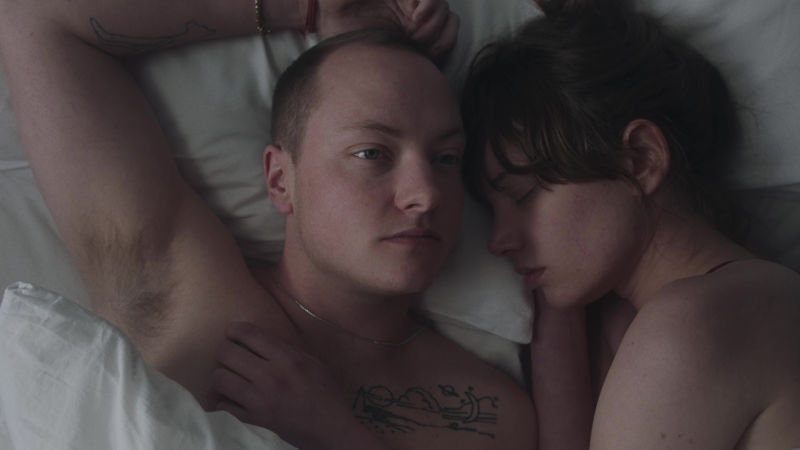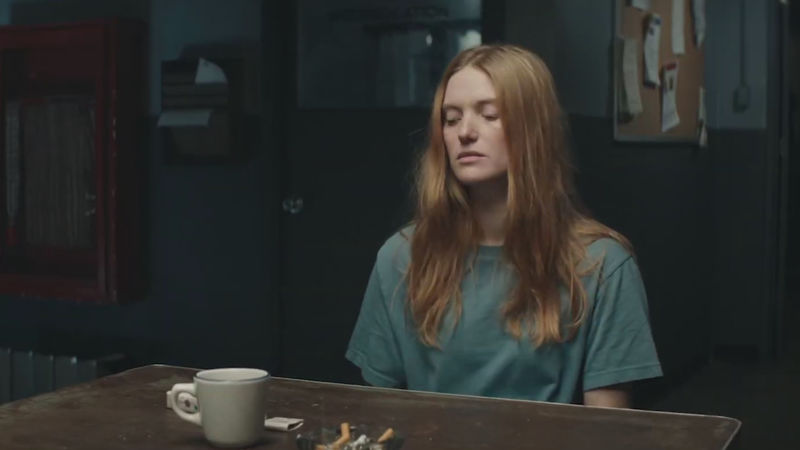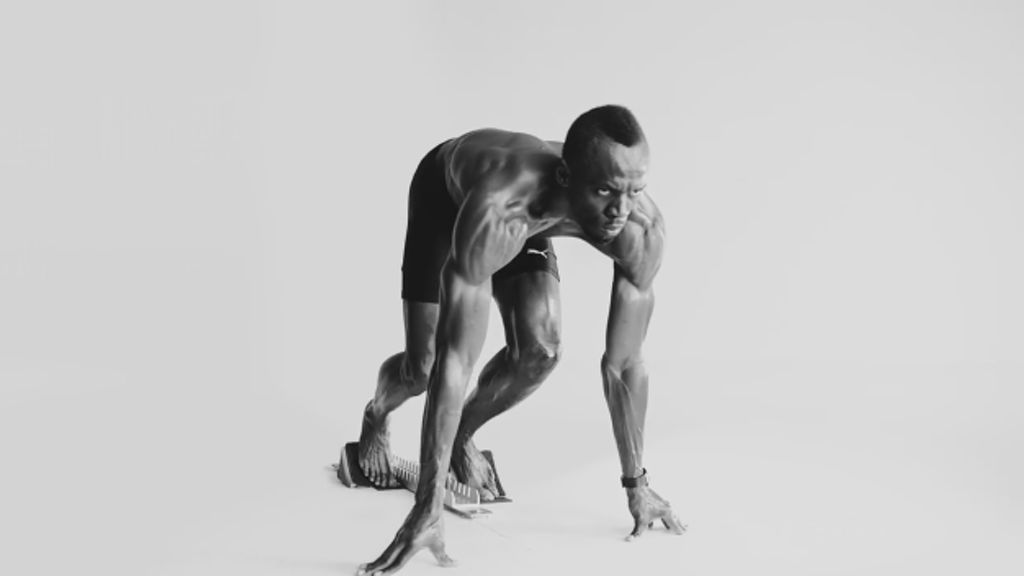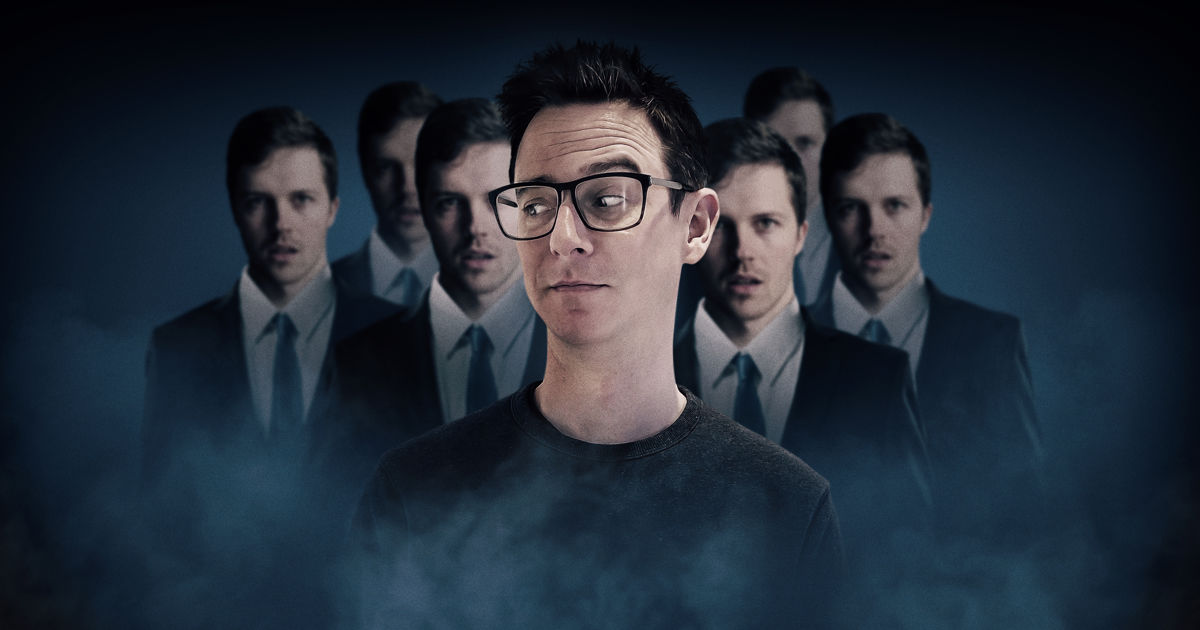Creative Correspondence: Anthony Moore & Dylan Holmes Williams
Kicking off 2021's Creative Correspondence is multi-award winning sound designer, the Founding Partner and ECD of Factory, Anthony Moore, and Stink Rising director, talented short film maker and YDA winner, Dylan Holmes Williams.
With commercials to his name that include juggernauts such as Channel 4's We're the Superhumans, Sainsbury's Mog's Christmas and a raft of John Lewis spots, Factory's Anthony Moore is no stranger to success.
In the first of this year's Creative Correspondence features, Moore talks to up-and-coming Stink Rising director Dylan Holmes Williams, whose short films such as The Devil's Harmony and STILTS have garnered him a fast-growing reputation and awards recognition at the 2020 Young Director Awards.
Below they discuss what they've learned during their careers, their inspirations, their musical backgrounds, their favourite work and what they hope for the future.
Dylan Holmes Williams: Anthony, you have worked on some iconic campaigns over the years (eg. the John Lewis Christmas campaigns and the Honda ads). I was wondering whether there's something distinctive or special about those campaigns that you notice while you are working on them?
Anthony Moore: It's funny looking back, as when you start on a job you never think 'this is going to be iconic' in any way. You just start like you would any job and try to make it the best it can possibly be. With John Lewis, when we started with The Long Wait back in 2011, there was no expectation, it was just a beautiful story brilliantly told and brought together by Dougal Wilson. I remember watching the first edit and being hit by the emotion of the piece. I knew it was really good and that people would connect with it, but I had no idea that this film would be the start of what has become the defining advertising campaign of the past decade.
To have been a part of the John Lewis Christmas campaign for the past nine years is something I'm immensely proud of.
I remember revisiting The Long Wait with [former adam&eveDDB CCO] Ben Priest a few years back as we referenced it in a session. It was striking to see how far things had developed, how the expectation of the public had exploded and yet, John Lewis continues to set the bar every Christmas. Hats off to [CCO] Rick Brim and the team at adam&eveDDB, because that is an absolutely MEGA achievement. To have been a part of the John Lewis Christmas campaign for the past nine years is something I'm immensely proud of.
Honda is another brand that I'm honoured to have worked with. This brand came with some serious advertising heritage as Wieden+Kennedy London had really blown the roof off with some stellar Honda work over the years. The pressure to deliver was high from the off. This felt a bit more like, 'don't balls this up Ant'. But the Honda team at Wieden’s were some of the most collaborative people I have ever worked with. They put the craft of sound design right up there and allowed the space for ideas to be explored and played with.
These Honda projects instilled in me the importance of storytelling through sound design.
Kim Papworth was the agency ECD and he had a passion for sound and music that filtered into every piece of work he touched. These Honda projects instilled in me the importance of storytelling through sound design. The idea that every sound should be there for the sole purpose of telling the story and making you feel something. I think you can really hear that in the work.
So, Dylan, what I find really striking about your work is the quirky, off-kilter world's that you create for each film. They feel totally unique and fresh, yet also very relatable. I love how they intrigue me, I want to dive in and find out more. What influences you to create these rich, characterful worlds for your stories?
Credits
View on- Agency adam&eveDDB/London
- Production Company Blink Productions
- Director Dougal Wilson
-
-
Unlock full credits and more with a shots membership
Credits
View on- Agency adam&eveDDB/London
- Production Company Blink Productions
- Director Dougal Wilson
- Producer Matt Craigie Atherton
- CD Ben Priest
- CD Ben Tollett
- CD Emer Stamp
- Creatives Matt Gay
- Producer Ben Link
- Editor Joe Guest
- Colorist Jean-Clement Soret
- VFX Adam Crocker
- VFX Stirling Archibald
- VFX Adam Leary
- Talent Lewis McGowan
- DP Lasse Frank
Explore full credits, grab hi-res stills and more on shots Vault

Credits
powered by- Agency adam&eveDDB/London
- Production Company Blink Productions
- Director Dougal Wilson
- Producer Matt Craigie Atherton
- CD Ben Priest
- CD Ben Tollett
- CD Emer Stamp
- Creatives Matt Gay
- Producer Ben Link
- Editor Joe Guest
- Colorist Jean-Clement Soret
- VFX Adam Crocker
- VFX Stirling Archibald
- VFX Adam Leary
- Talent Lewis McGowan
- DP Lasse Frank
Above: John Lewis The Long Wait, on which Moore worked, kickstarted the department store's long-standing and highly anticipated Christmas campaigns.
DHW: Thank you, Anthony! That is really lovely to hear. I guess I don't go into a project thinking I want to tell a story that explores this or that particular theme or character. Instead - and this sounds really pretentious - it's always been a single, simple image that just grabs me, and then I build out the story, characters and what the film is really 'about' from there.
For example, with STILTS, an incredibly lanky friend of mine had brought a pair of industrial metal stilts around to my quite small flat and was clambering about in them like some huge, metal tarantula. That visual of him hemmed in, his head crushed up against the ceiling, just got to me somehow, and it became the starting point for a story about repression and family expectation.
It's always been a single, simple image that just grabs me, and then I build out the story, characters and what the film is really 'about' from there.
With The Devil's Harmony, the idea came to me when I was editing a music video for an a cappella club back at university. It was 3am, I was in my underwear, I'd been watching rushes of smiling doo-wop singers for what seemed like a week straight, and it suddenly hit me that a cappella clubs are, despite their big smiles and well-moisturised foreheads, actually incredibly creepy. I suddenly got the kernel of an idea for a kind of twisted horror high school musical and built out the story and the characters from there.
I've worked with you guys at Factory on both projects and I've always been completely blown away. From the incredible facilities to the outstanding work and people (Josh Campbell absolutely smashed the sound design on both films) to the little bowls of Haribo, it's always a total joy coming in.
I was wondering if you could tell me a little more about how it all got started and how you and Lisette [Nice, Managing Director] grew Factory into the company it is today?
Credits
View on-
- Production Company Greatcoat Films
- Director Dylan Holmes Williams
-
-
Unlock full credits and more with a shots membership
Credits
View on- Production Company Greatcoat Films
- Director Dylan Holmes Williams
Explore full credits, grab hi-res stills and more on shots Vault
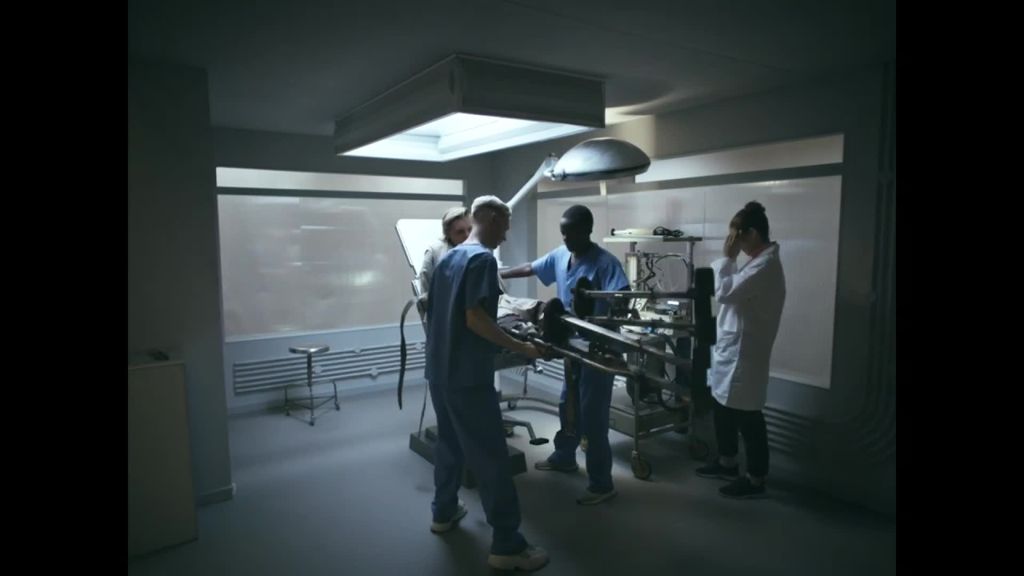
Credits
powered by- Production Company Greatcoat Films
- Director Dylan Holmes Williams
Above: Holmes Williams' short film, STILTS.
AM: We started way back in 1997 as a small TV and radio production company that did a lot of work direct-to-clients in the music industry. We also created a lot of audio and visual content for design agencies and cinema chains. I joined in 1998 as a sound studio assistant, fresh from university and ready to take on the world. Back then, I was making loads of radio ads and - fun fact - I was the faceless DJ behind many a Number 1 Ibiza dance compilation - I've got a ton of them gathering dust in my loft!
We began to attract work and kindred spirits... doing things differently because you could: Fuck it! Why not?
They were great times; we were a small team and we all learned tons as we started to meet more and more likeminded collaborators along the way. The turn of the millennium brought with it new challenges in the shape of a financial recession and a management re-structure at Factory which saw me take on the running of the studios. But this was when it got really interesting... we decided to effectively start again and focus the business around the growing reputation of the sound studios and the homegrown talent that we had. We purposely did things differently to other sound studios, not to be clever, but just because if felt right to us and the ethos of Factory.
Through this, we began to attract work and kindred spirits from agencies such as HHCL and Mother, mavericks in their own right, doing things differently because you could: Fuck it! Why not? It was an exciting time in advertising as there was a real step change in the work as a new breed of creative started to flourish and collaboration became the hallmark of great work. From there, our reputation just seemed to grow via word of mouth and recommendations which saw us begin to work with all the top London agencies and production companies.
We put a lot of love into what we do and I think you can really hear that in the work.
Now we have an amazing network of global clients and it's all testament to the amazing talent and hard work of the whole team at Factory. We put a lot of love into what we do and I think you can really hear that in the work.
Dylan, I'd love to hear about your journey as a filmmaker. How did you get to where you are and was this what you always wanted to do?

Above: Anthony Moore, front, backed up by an army of Dylan Holmes Williams's.
DHW: My initial impulse was actually to go down a musical path. When I was a teenager, I was in a semi-successful but sadly not very good landfill indie band called Pull In Emergency (you can still stream our album on Spotify if anyone would like to help me out with a few royalties). That ended because we all wanted to go off to university, and it was there, while studying a History of Art degree, that I got into filmmaking in my spare time. I clubbed together with a couple of friends for a cheap camera and quickly became obsessed with making films.
I was in a semi-successful but sadly not very good landfill indie band called Pull In Emergency.
After graduating, I tried on many different filmmaking hats - editing, music videos etc - but ultimately was pretty focused on doing the whole shorts thing. I eventually made a short film called The Nightmare On Deskteeth Street in 2017, which did OK at festivals, but it was when I made The Devil's Harmony in 2019 that things picked up a little more. It was because of that project - and also because of STILTS that I ended up signing with Stink Rising for commercials. I'm really delighted to be there because they're a great team.
Anthony, you've had an incredible career. Which piece or pieces of work are you most proud of?
Above: Holmes Williams' first short, The Nightmare of Deskteeth Street, from 2017.
AM: Oh wow! Now that’s a tough question to answer. I’ve been incredibly lucky to have worked on some amazing projects over the years and I’m proud of so many of them, often for very different reasons.
It’s way too hard to single out just one or two, so how about a list of my personal faves? In no particular order… BBC Radio 2 What A Mix Up; The Observer From Abba To Zappa; National Lottery Heroes Return; Honda Hands, The Other Side, Ignition and Inner Beauty; Channel 4 We’re The Superhumans; John Lewis The Long Wait, The Boy & The Piano, Bohemian Rhapsody and Excitable Edgar; Kissing Candice; Virgin Media 9.58; Boots Here Come the Girls; IKEA In the Kitchen at Parties; Sainsbury’s Mog’s Christmas; BBC Sounds The Power of Sounds.
It’s so important to treasure our craft and to enjoy what we do and all of these jobs embody that for me.
There are so many good memories from all of those projects and, in some ways, I’m prouder of the long-standing friendships that these jobs have forged. It’s so important to treasure our craft and to enjoy what we do and all of these jobs embody that for me.
So, Dylan, back to you... I was really intrigued to learn that you came from a musical background (top bass playing in your band btw). What really drew me in to your films when I first saw them, was the distinctive sonic worlds that you had created for STILTS and The Devils Harmony. Do you develop a script with a firm idea of how you want to utilise sound design and music in the finished film?
Above: A trio of Moore's favourite commercials on which he's worl
DHW: Absolutely. At the risk of sounding incredibly pretentious, the sound world of the film I'm trying to make normally comes to me right at the start of the project - often before story, character or dialogue. I guess that's probably to do with my musical background.
I got into a strange meditative state - probably induced by a combination of cheap red wine and the lack of wi-fi.
For example, The Devil's Harmony emerged out of a song that came to me on a long plane ride. I got into a strange meditative state - probably induced by a combination of cheap red wine and the lack of wi-fi - and this melody popped into my head that seemed to somehow articulate the flavour of a strange, slightly magical cinematic world. That flavour became instructional in building the other elements of the film. And the melody itself is still there at the core of the story: it's what you hear the a cappella club sing to their victims.
When composer Finn Keane was working on the soundtrack he also threaded that melody into as many elements of the score as possible. So, we return to those same four chords again and again throughout the film, just abstracted into different iterations. It's a subtle thing but I think it creates a kind of aural cohesion.
Music and sound design genuinely lift a film by 25 - 30%. They smooth out the bumps [and] create a cinematic richness.
Honestly, it still always amazes me just how much sound design and music transform a film in post production. During the offline edit I'm always beating myself up about the mistakes that I'm convinced, at the time, will be the death of the project. But music and sound design, in particular, genuinely lift a film by 25 - 30%. They smooth out the bumps, but more importantly, create a cinematic richness.
Anthony, what's next for Factory? Are you moving into any new areas or do you have any new goals in mind for the coming years / decades?
Credits
View on-
- Production Company Stink/UK
- Director Dylan Holmes Williams
-
-
Unlock full credits and more with a shots membership
Credits
View on- Production Company Stink/UK
- Director Dylan Holmes Williams
Explore full credits, grab hi-res stills and more on shots Vault
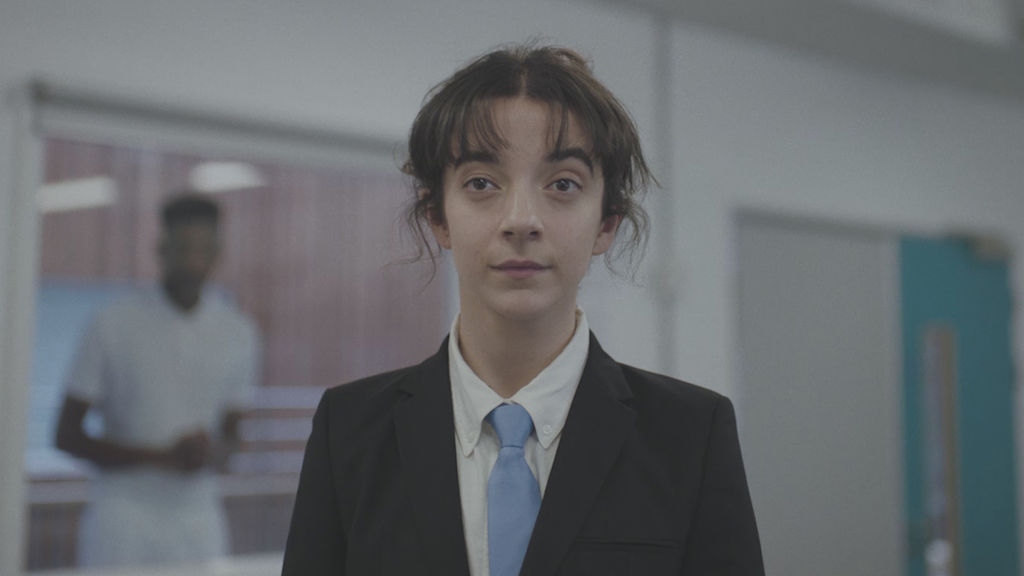
Credits
powered by- Production Company Stink/UK
- Director Dylan Holmes Williams
Above: The trailer for Homes Williams' most recent, Young Director Award-winning short, The Devil's Harmony.
AM: We’re always looking to push ourselves. The most recent addition to the Factory family is Factory Originals, and this offshoot will allow us to focus on the creation of our own original content. We’ve kicked things off by producing a number of podcast projects and we have a raft more slated for release in 2021. We want to create audio content that really immerses you in a story and utilises all our expertise from the worlds of sound design, voice, music and storytelling.
2021 is all about positive vibes - we need to inject the fun into this year!
The appetite for quality audio content is very apparent to us and we want to be right up there, pushing the boundaries of what can be done. On top of that, we’ve got a few feature film projects lined up, which is always super-exciting (we can’t wait for news of a Dylan Holmes Williams feature - nudge, nudge, wink, wink) and we’re also looking at a potential audio art installation that has been designed by one our amazingly talented team members. 2021 is all about positive vibes - we need to inject the fun into this year!
Where do you see it all heading for yourself, Dylan? And when you’re sitting here in 20 years being interviewed as an icon by shots, what do you hope to have achieved, and what advice would you want to impart?
DHW: At the moment, I'm developing three feature film projects with a few different production companies and one of the public funding bodies in the UK. One of those is The Devil's Harmony feature-length version, which has been really exciting. Another is a kind of horror-thriller set on a film set. I guess my primary focus at the moment is getting those scripts to a place where they're ready to shoot. On the commercial side, the first Covid lockdown put paid to a few of the commercials [Stink Rising] had lined up, but I'm hoping 2021 will bring better luck on that front. 20 years?! I've not really thought about it, to be honest. Hopefully I've done a feature or two that I'm proud of. Or maybe I've packed it all in and invented an amazing novelty spoon that makes me a millionaire. Either would be good.
Anthony, what advice would you give to young sound designers and indeed filmmakers like myself to sustain such a brilliant career like yours?
My life mantra is pretty simple… Don’t be a dick.
AM: My life mantra is pretty simple… Don’t be a dick, and be passionate about what you do. It’s so important to treat people as you would expect to be treated because it’s the relationships you make and nurture that really matter. Find people you want to collaborate and work with, likeminded thinkers who are equally passionate about their craft and who are inspired to push boundaries and make things as great as they can possibly be. This is where a lot of the magic happens, through establishing a mutual trust, which is often the gateway to opening up creative opportunities that allows brilliant work to happen.
Lastly, Dylan, what are the three films that have most influenced you as director and why?
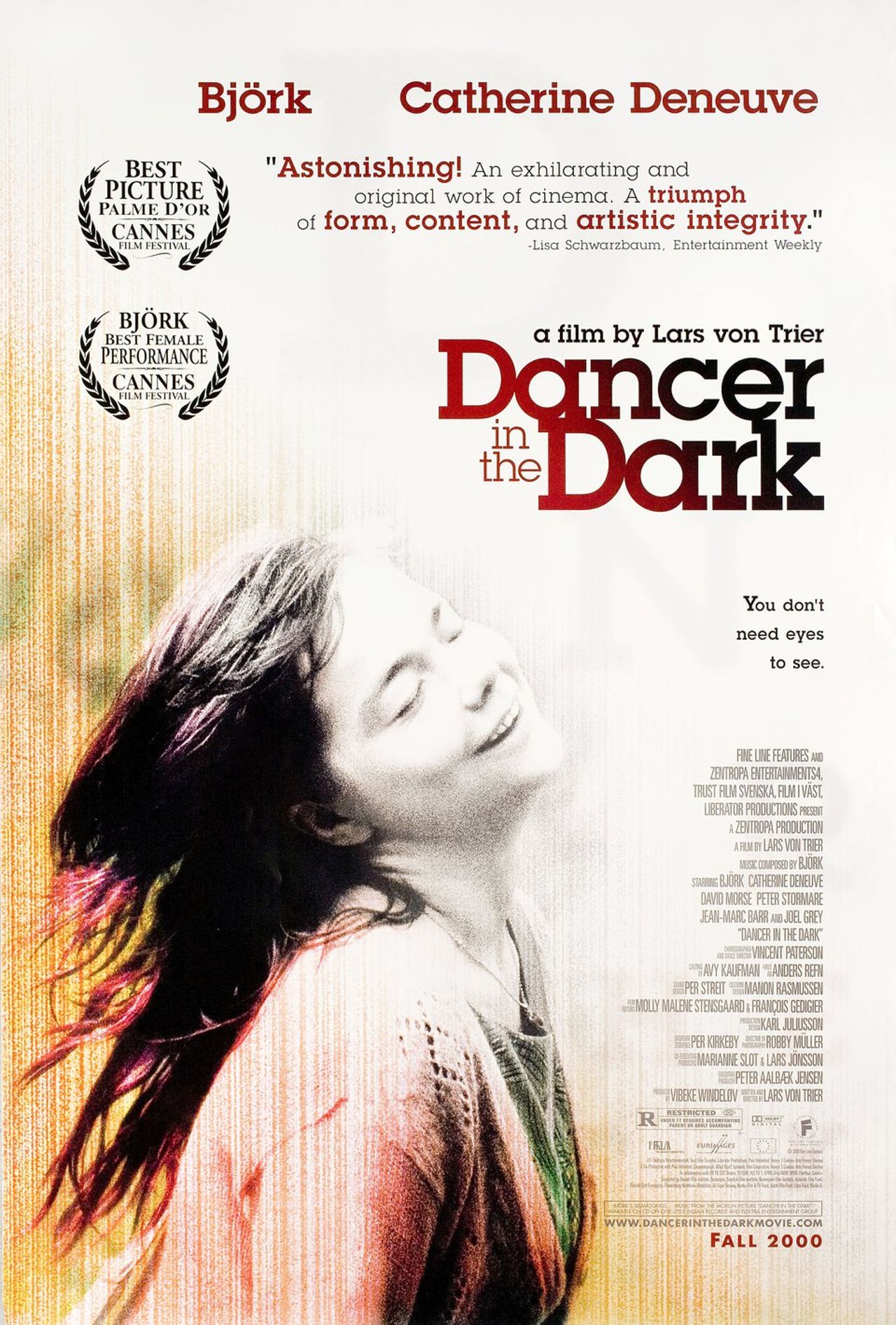
Above: Lars von Trier's Dancer in the Dark, one of the films which influenced Holmes Williams.
DHW: Mulholland Drive by David Lynch was the one that first got me really excited about filmmaking. Prior to watching that, I think I thought there were plot-driven Hollywood films and impenetrable art house films and nothing in between. But that film is somehow non-linear, surreal, mysterious and gripping all at the same time. Like the cliché I am, I bought a Canon 5D, like, a day after watching it and started making shorts.
In second place would have to be Dancer in the Dark by Lars von Trier. It's a dark, twisted parody of an American musical, featuring Bjork. It gets incredibly bleak but is also exuberant, playful and heart-wrenching. I'm also looking to find that balance between the dark and the light in my films.
You Were Never Really Here by Lynne Ramsay would probably be third. An incredible exercise in doing so much with so little (see also Under the Skin by Jonathan Glazer) and sonically awesome. I saw it in an empty Prince Charles Cinema and nearly cried from sheer joy at Johnny Greenwood's score and Paul Davies' sound design.
)
